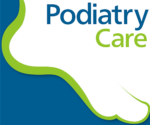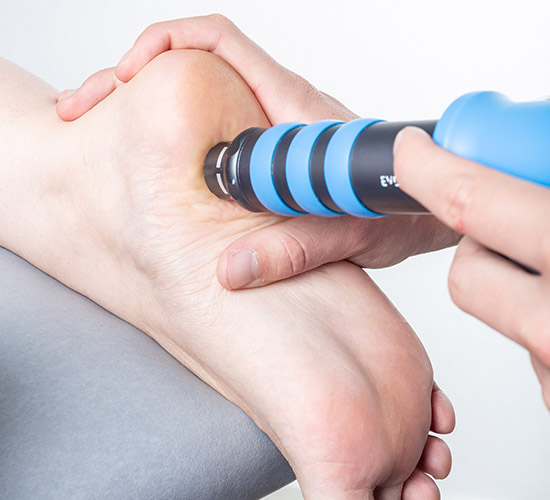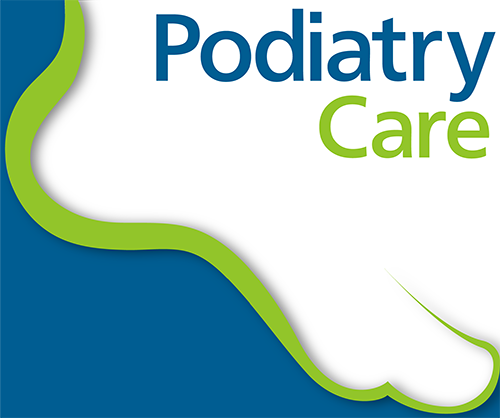Podiatry Care is pleased to offer our patients access to Shockwave therapy as a part of our range of services. Shockwave therapy is an excellent, non-invasive treatment option that offers a solution to long-term insertional tendinopathies and soft-tissue pathologies.
During shockwave therapy, a high intensity sound wave is transmitted through the skin to the underlying tissues. When applied to where pain occurs, this leads to a cascade of beneficial effects and helps to improve quality of life.
Clinical studies report a success rate of above 75%.
What are Shockwaves?
Shockwave is a high energy pressure wave. The shockwave machine works via an applicator handpiece, which uses compressed air to drive a projectile to the transmitter at the end of the applicator and into the underlying tissues.
The kinetic (movement) energy generated by the projectile, converts into acoustic (sound) energy when the projectile hits the shock transmitter.
Acoustic waves with high energy peak used in shockwave therapy interact with the targeted underlying tissues. This helps to promote regeneration and reparative processes of the bones, tendons and other soft tissues.
What Conditions can Shockwave Therapy treat?
Shockwave can help to treat most muscular, tendon, ligament and joint pain.
Some conditions can include:
Pain reduction
- The intensive pulses from shockwave works to active certain nerve fibres that inhibit the transmission of pain signals.
- Revascularisation
- Shockwave to an affected area creates a revascularisation effect, the new blood flow in the area will help to promote tissue healing and regeneration.
- Reversal of Chronic Inflammation
- Shockwave activates the cellular self-defense mechanism, this promotes the release of pain and inflammatory inhibiting substances.
- Dissolution of Calcium
- Calcium build-up is most often the result of micro-tears to a tendon. Shockwaves help to break up the existing calcifications.
- Stimulation of Collagen Production
- Shockwave helps accelerate the production of collagen, which is a necessary for the repair processes of the affected areas.
- Reduced muscle tone
The strong pathological association between pain and muscle tone will be broken, this leads to restoring a normalised muscular tone.
Stimulation of these biological mechanisms creates an optimal healing environment. As the injured area is returned to normal, functionality is restored and pain is relieved.



